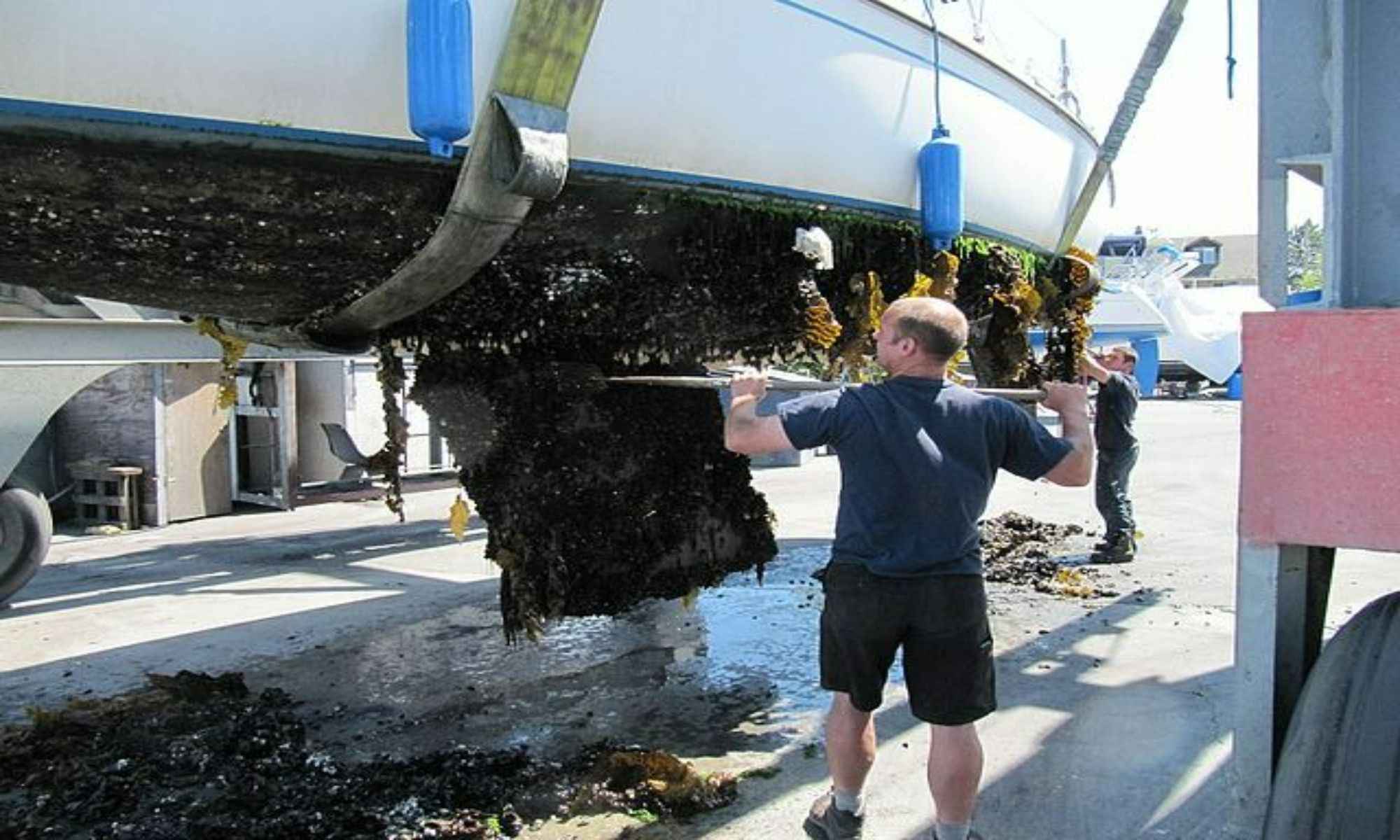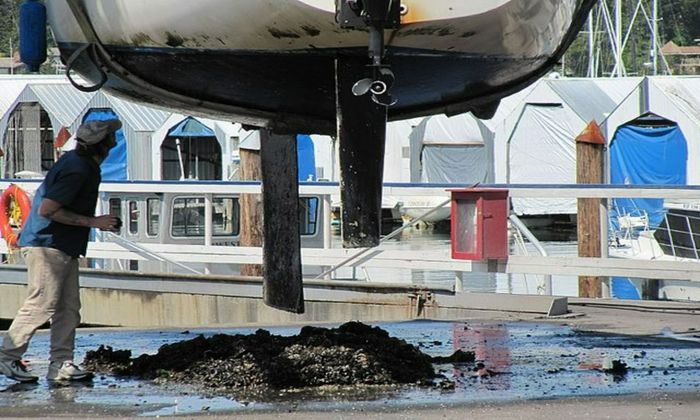The Best Way to Clean a Boat
Here are the things every boat owner must know to properly clean their boat.

All boat owners understand that keeping your vessel clean is fundamental for boat maintenance. Any boat owner must know how to clean their boat properly because it extends the lifespan of the materials exposed to the environment, improves its functionality, and gives you a better chance to sell it when the time comes for you to look for an upgrade.
Think of the boat as your ‘floating office.’ Every time you go out fishing, having somewhere clean, organized, and fits your preferences can make a world of difference in your attitude and mindset. Boats hold the greatest investment in angling, and they can bring a sense of pride and joy to any owner and angler.
Here are some information and tips to take note of when you are starting to embark on your boat maintenance journey:

Things to Consider When Cleaning Your Boat
Boats are composed of a variety of materials, all optimized for whatever purpose they serve. Choosing the right cleaning products is key for proper boat maintenance between different surfaces, materials, and boat engines.
Cleaning Every Part of Your Boat
Here are the areas to focus on when it comes to effective boat cleaning, what cleaning product to use, and some cleaning tips:
1. Interior Surfaces
The boat’s interior surfaces each have their own needs that we need to take into account. A typical boat has a marine carpet, non-slip fiberglass, vinyl, cushions, and heads. You can find the marine carpet in cabins, inside the cockpit, or in head compartments (depending on the size of your boat.) Boats such as bass boats commonly have carpet inside from bow to stern. The best way to clean this surface is to use a vacuum to eliminate loose dirt and debris. After that, give it a good scrub with a stiff bristle brush inundated with soap and water. Boats are normally parked at an incline, so you can rely on gravity to drain the water after cleaning. Otherwise, you can use a wet vacuum to suck up the water.
Non-slip fiberglass is best cleaned with a stiff bristle brush, soap, and water. Use a cleaner with some bleach to get rid of a tough stain. However, you must minimize using it because bleach can be tough on fiberglass. Also, make sure to rinse it thoroughly. After cleaning, give it a non-skid treatment to maintain its non-slip capabilities. Though you may find that the products are labeled ‘wax,’ they are not. They are protectants with polymers that help protect your surface d and shine without making it slippery.
Modern marine types of vinyl are treated with antimicrobials which act as a long-term defense against mildew and mold. With that being said, avoid using harsh cleaners when cleaning those surfaces. You can use a soft rag and gentle soapy water to clean vinyl every time you use your boat. If you spot a tough stain, use a dedicated marine vinyl cleaner, rinse it thoroughly, and apply a vinyl protectant.
Your boat cushions can get musty over time, stained by spills, and invaded by mildew. Most cushion covers can be machine washed if they’re not made out of vinyl. Use cold water to clean them because shrinkage can be an issue if you use hot water. For the foam, sprinkle baking soda on all sides and let it sit for a couple of hours. Shake it off afterward, then mist it with an equal mixture of water and vinegar. Let it sit out in a well-ventilated area until the vinegar smell disappears. Spray the foam with water, rinse, and repeat until you get all the grime out. Let it air dry completely before covering it back up.

You can clean marine heads just as you would when cleaning your toilet. For the lines where scale and calcium deposits can collect, you can use white vinegar to clean them once a month.
2. Exterior Surfaces

Things to address when cleaning the exterior of your boat are the hull, gel-coated surfaces, hull bottom, and canvas and clear canvas (isinglass.) The boat hull, bottom, and other gel-coated surfaces need constant protection and maintenance to keep them shiny and avoid oxidation. Every spring, apply a base coat of two layers of paste wax. You can give your boat some extra shine by applying liquid carnauba wax. After every use, wash your boat with soap that has liquid wax.
The canvas needs to be cleaned monthly to prevent staining and the accumulation of dirt. To clean, hose it down, scrub it with a bristle brush and a mild soap, and rinse it. It’s a good idea to do heavier cleaning every few years. If your canvas is small enough, you can machine wash it with warm water, soap, and a couple of cups of baking soda. If you have a big canvas, check the manufacturer’s instructions for heavy cleaning. Depending on the cleaning solution, some may require bleach, and some may need baking soda.
Clear canvas must be washed with soapy water and a non-abrasive sponge, soft brush, or cloth every time you use your boat. Check the manufacturer’s recommendations of how you should wash the surface as it depends on the material it’s made of.
3. Engine
Cleaning outboard engines start with waxing the cowl and exterior. After every use, wash the outboard with soap and water. Do not use abrasive brushes. For inboard engines, always wipe away dirt and grime. It’s best to leave cleaning the actual internal engine to a pro.
4. Teak
A simple scrub with soap and water is the best way to clean your teak regularly. But over time, depending on the place, you're living in and the conditions, you’ll find that it will eventually blacken and look mottled. If you arrive at that point, use an acid-based teak cleaner. You should remove the teak from the boat before using the cleanser because it may damage other parts of your vessel.
Now that you know the best way to clean your boat, you have less to worry about when you’re out in the water.




